Defect detection using AI
Through Trendspek, Applus+ has also been able to integrate AI into their operations to automatically recognise defects across large infrastructure. According to Louw, the potential of AI makes the process “incredibly reliable”.
“AI delivers repeatable, reliable results. And when combined with Trendspek’s platform, we can train the system to distinguish between issues like stress cracks and fabrication defects, enabling quicker, more accurate inspections.”
“By utilising AI, we can retrospectively review inspections and identify potential issues before they become critical. It’s about moving from reactive to proactive maintenance."
“Take a wall inspection, for instance. You might be looking for cracks, dampness, or mould. With machine learning, you can train AI to recognise these defects instantly. Once it learns the patterns, the AI can deliver an analysis within seconds.
The more we teach AI, the more precise it becomes. Over time, it can differentiate between different types of cracks, like a stress crack versus a fabrication defect. As we continue using this across industries like oil, gas, and mining, we’re building a massive data source that allows for quicker, more accurate inspections with reliable outcomes.”
Louw is excited to continue to change the status quo using emerging technology.
“What excites me is being at the spearhead of technology, especially in industries like oil and gas, mining, and renewables. These sectors are pushing boundaries, and we’re in a position to utilise cutting-edge technology to provide reliable services with real consequences."

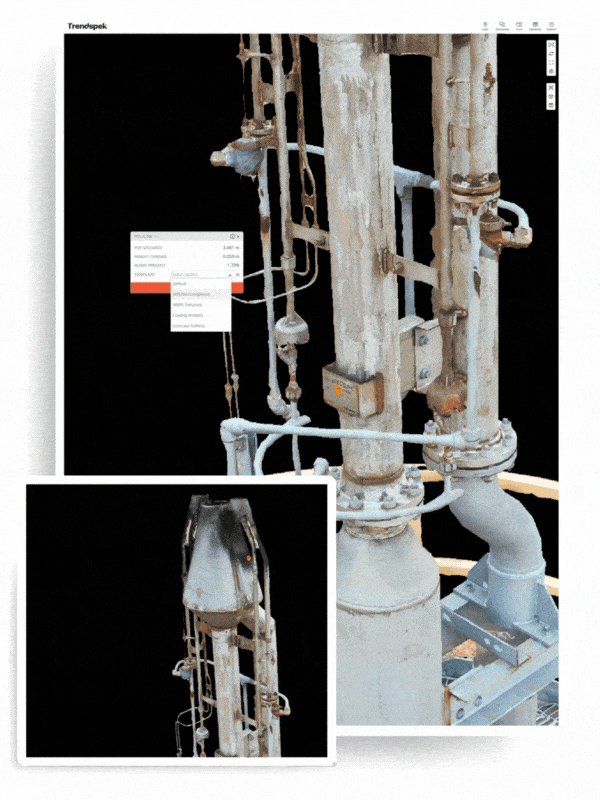
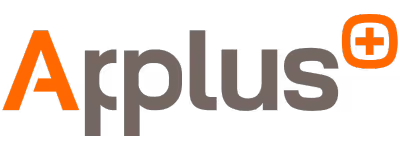


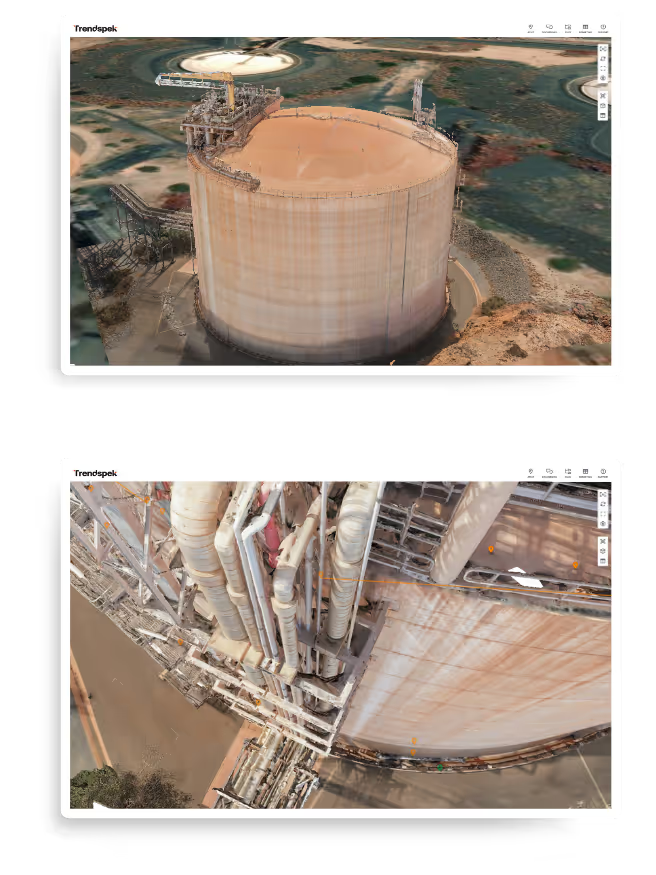
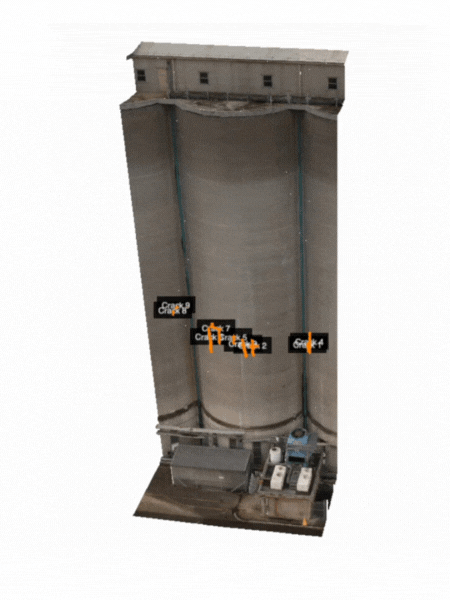
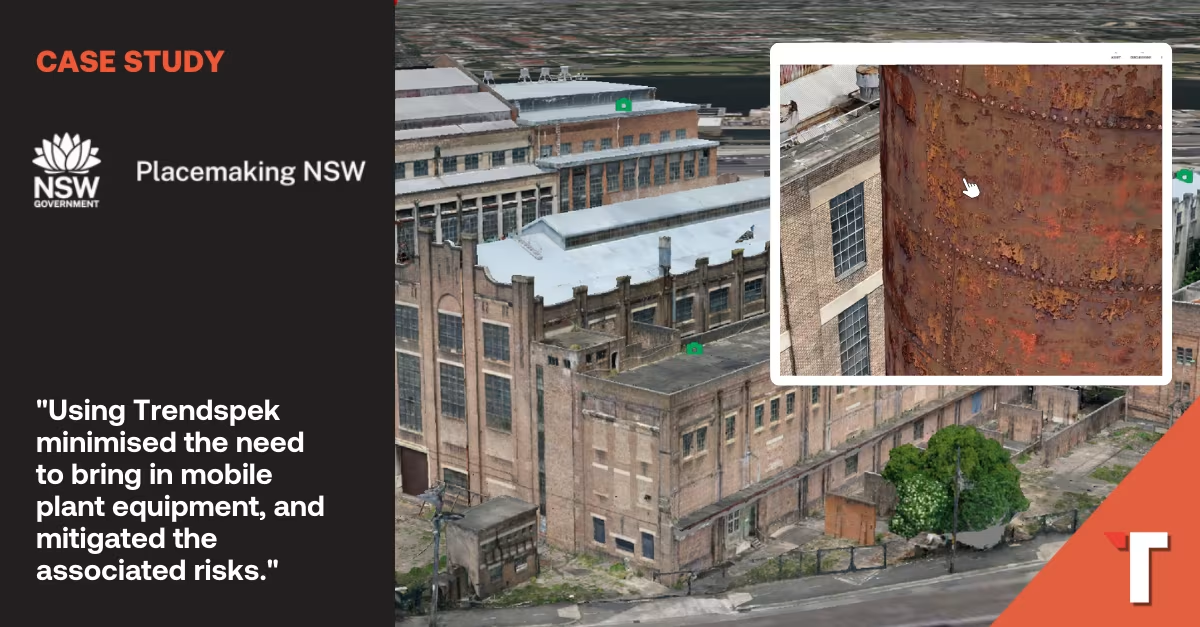

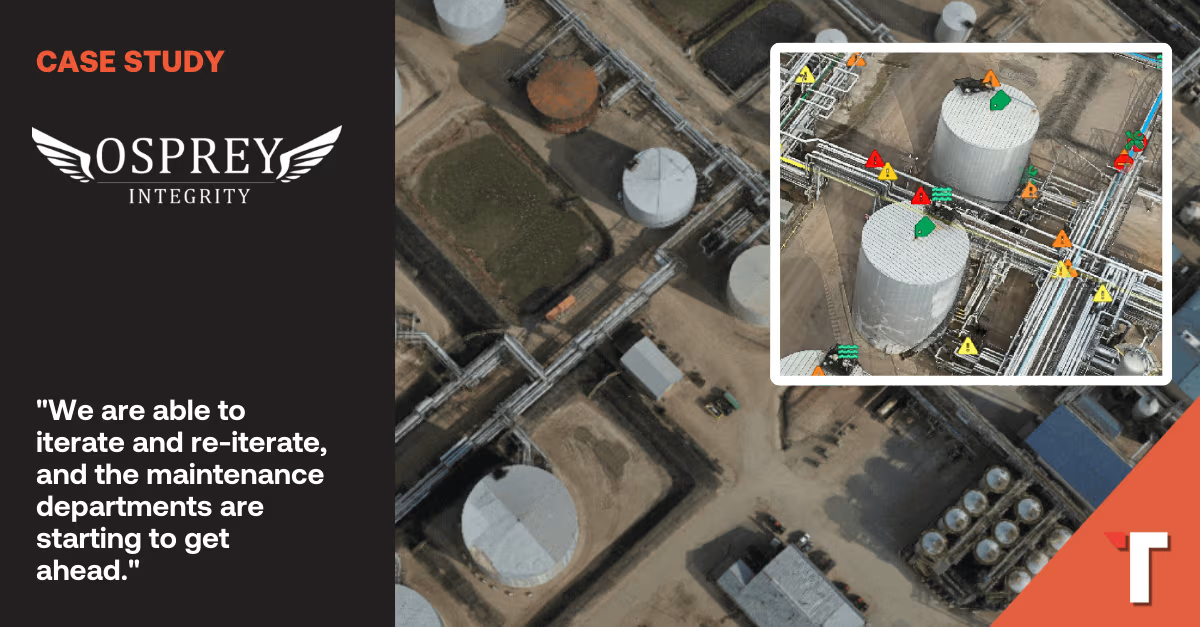

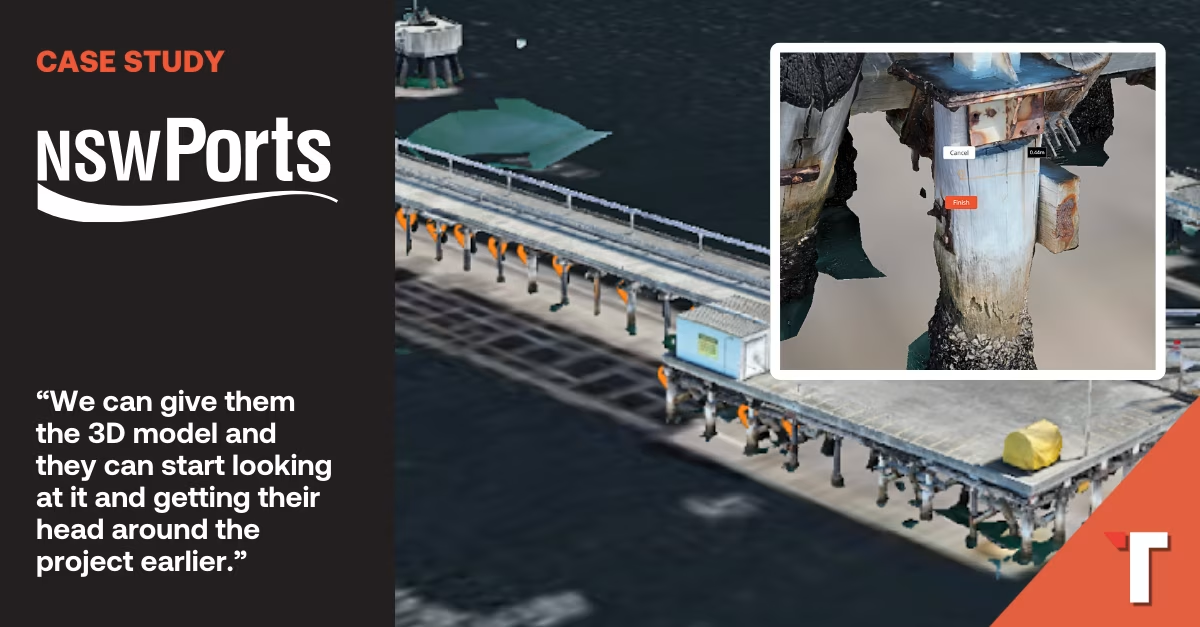
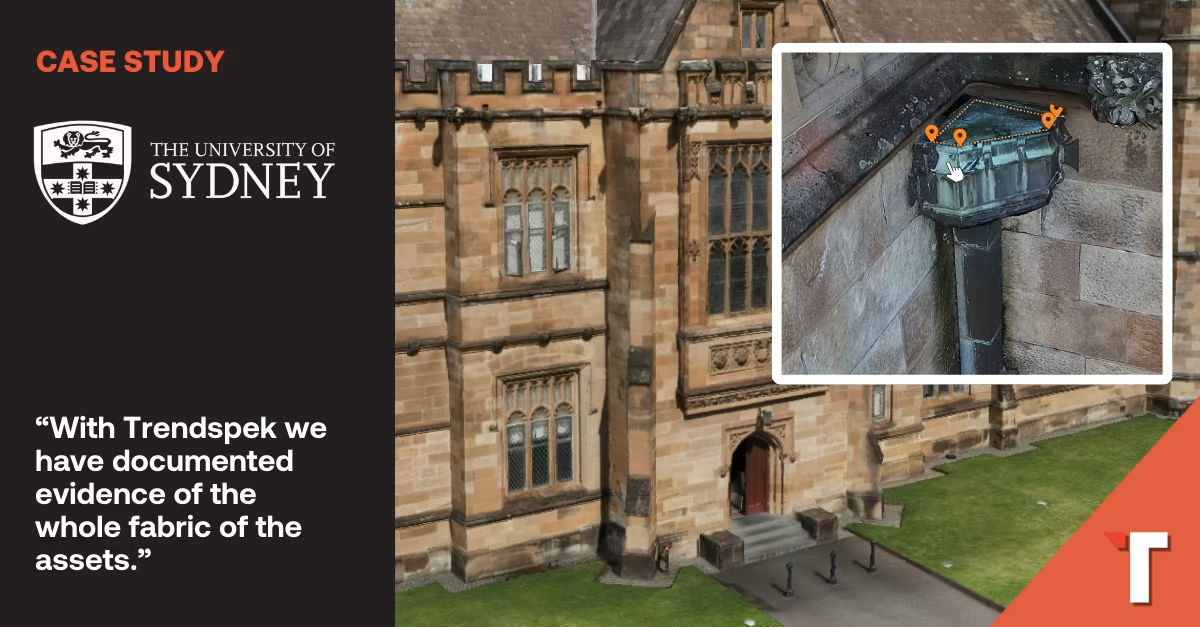
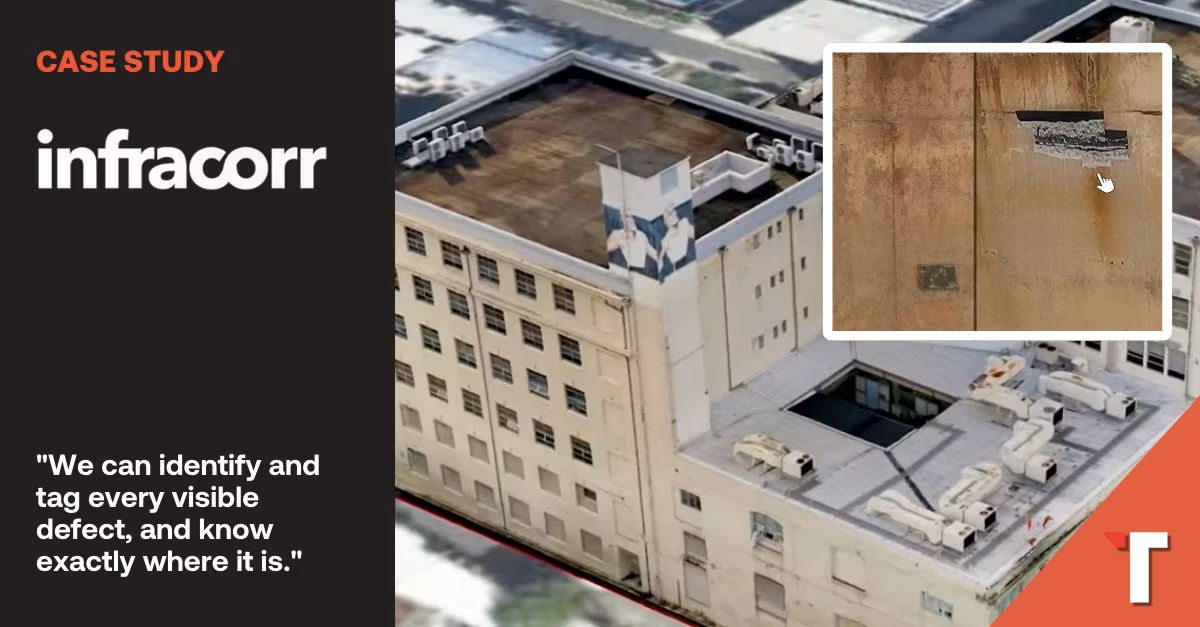
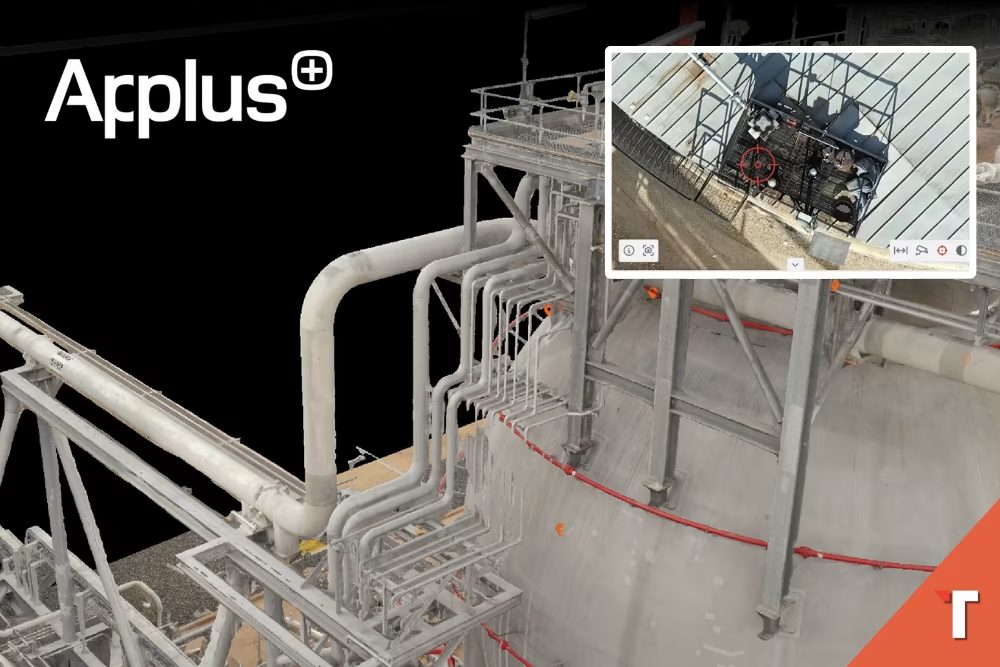
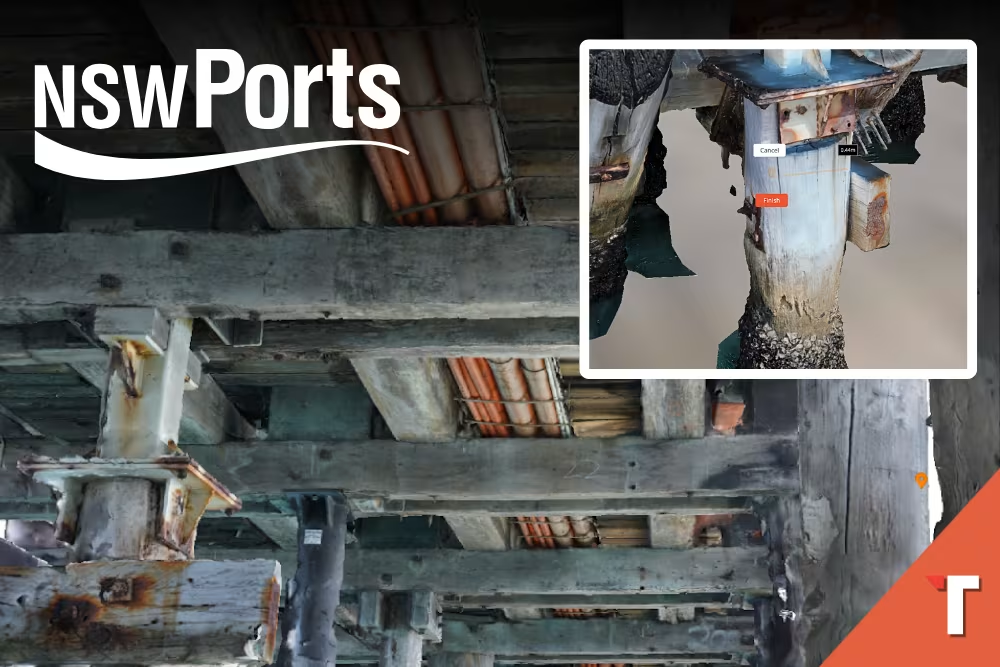
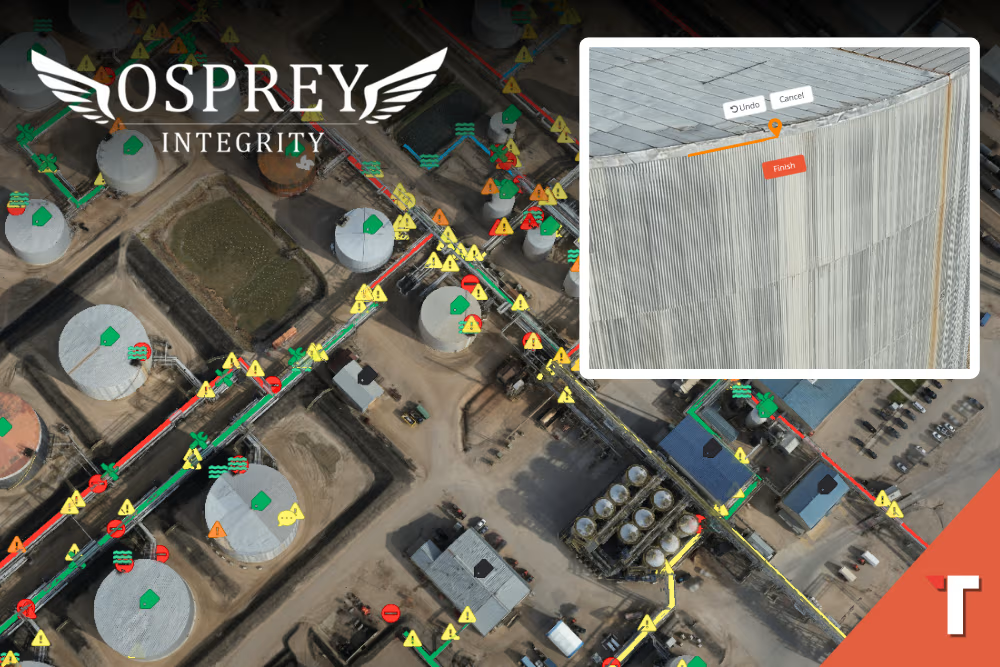
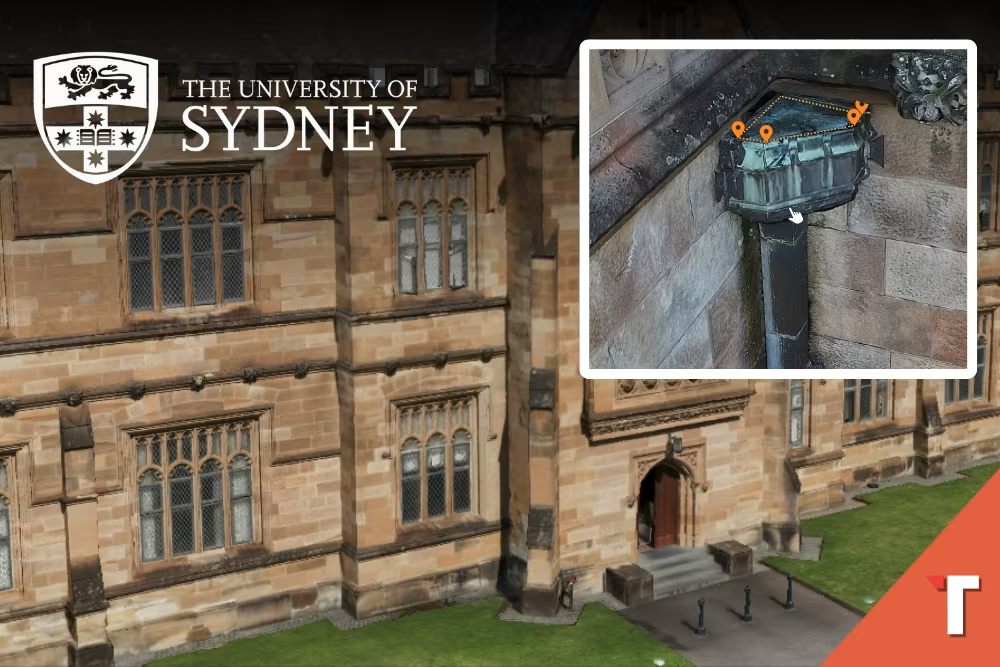
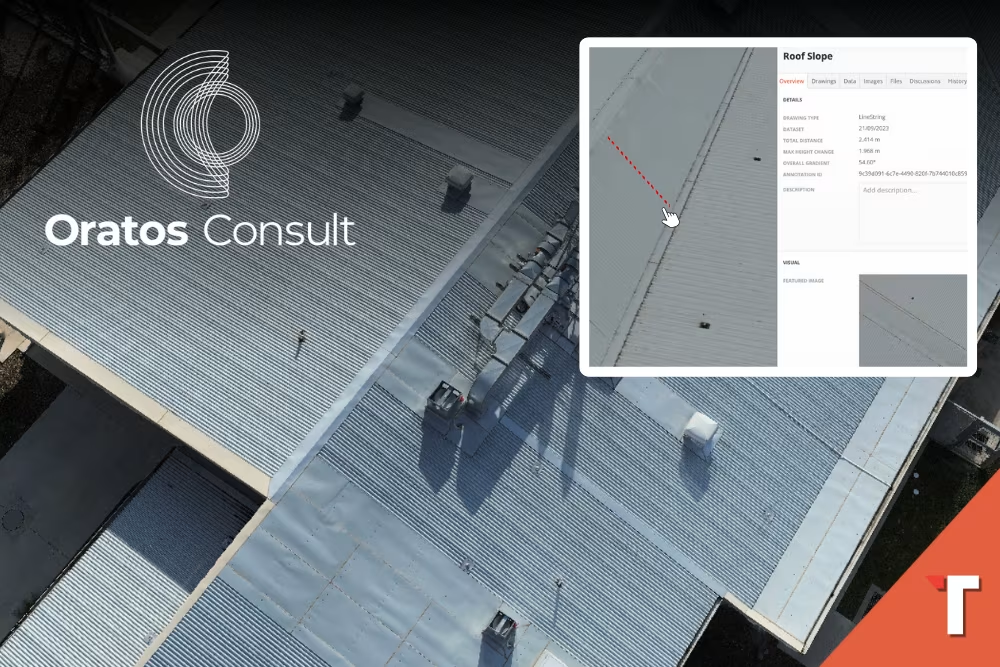
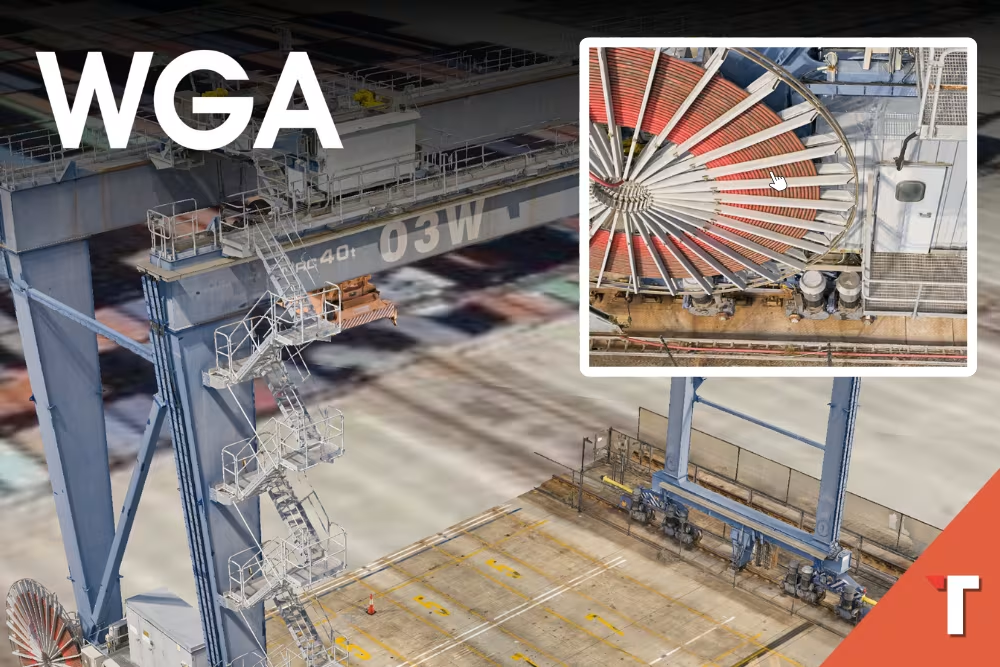
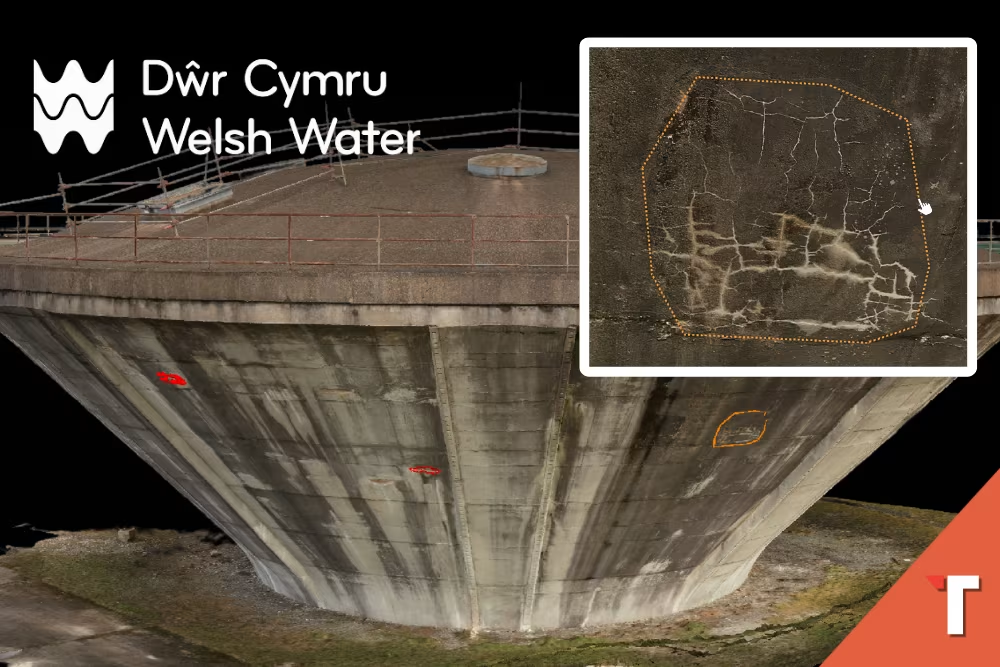
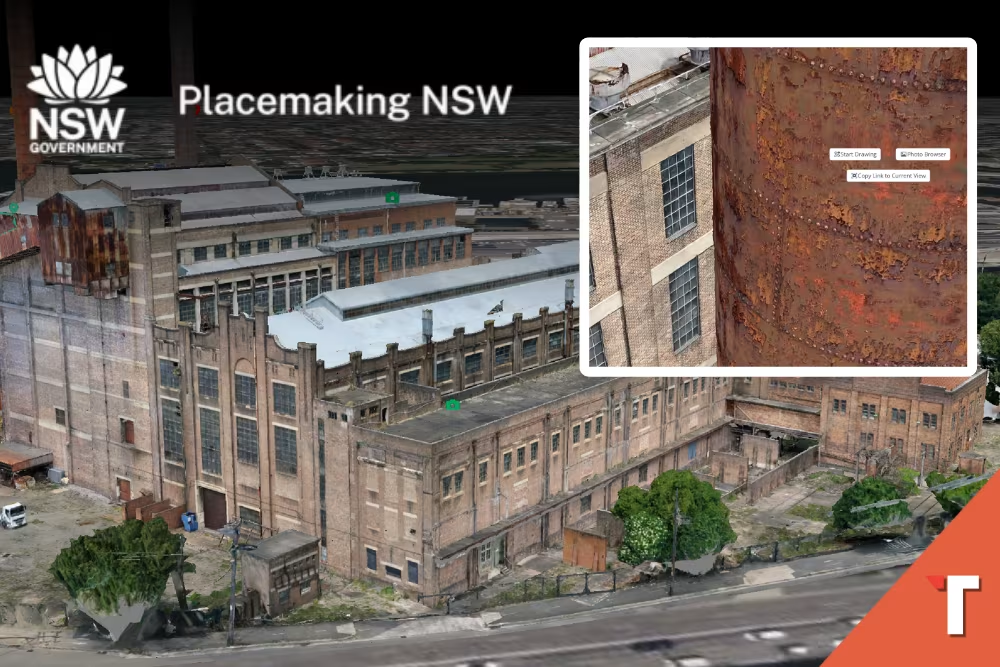
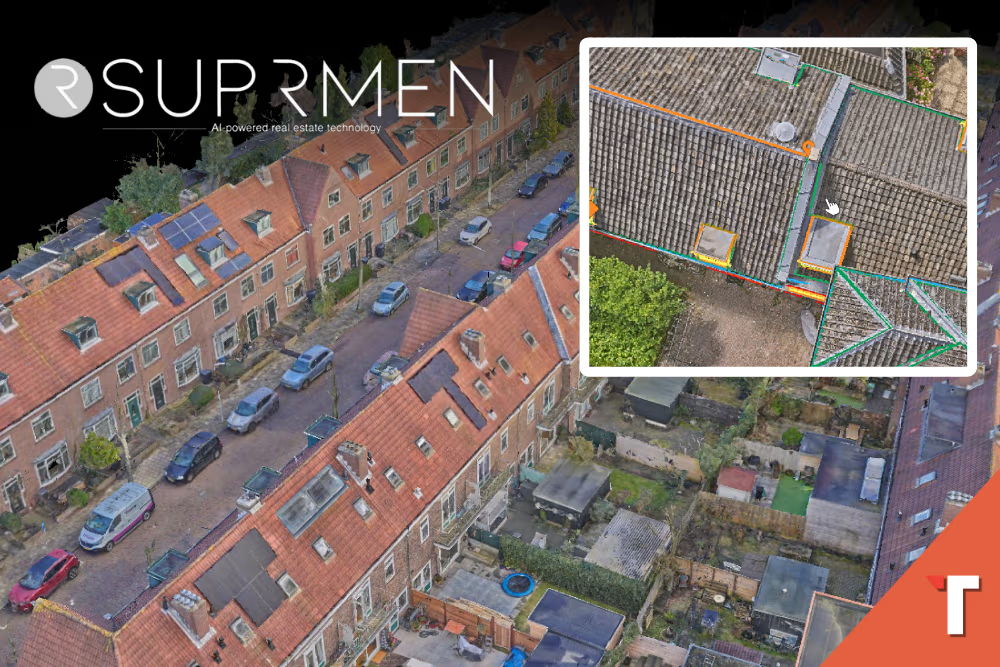
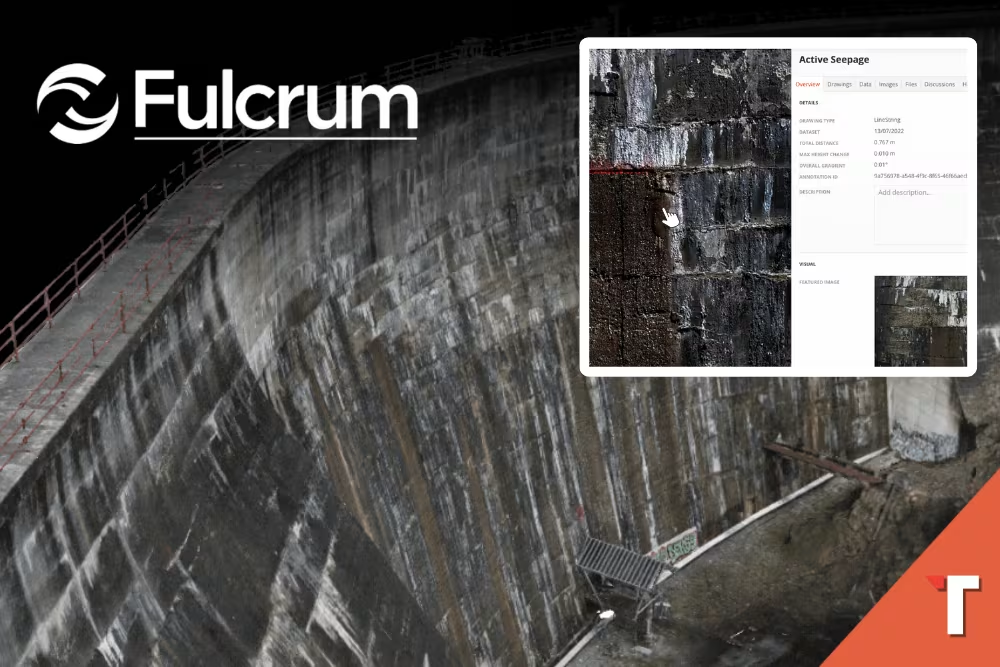
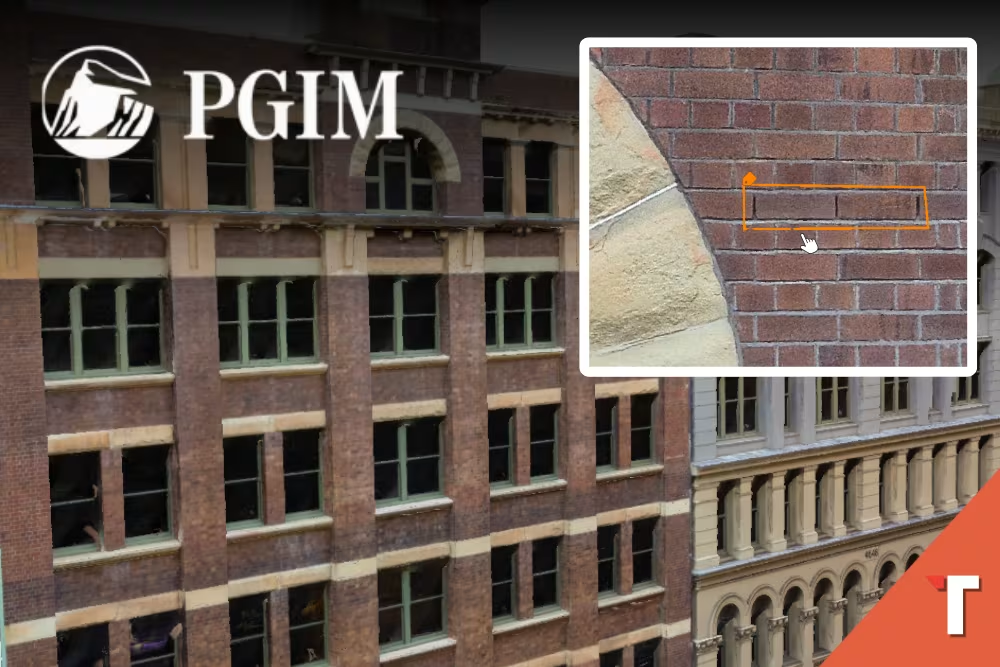
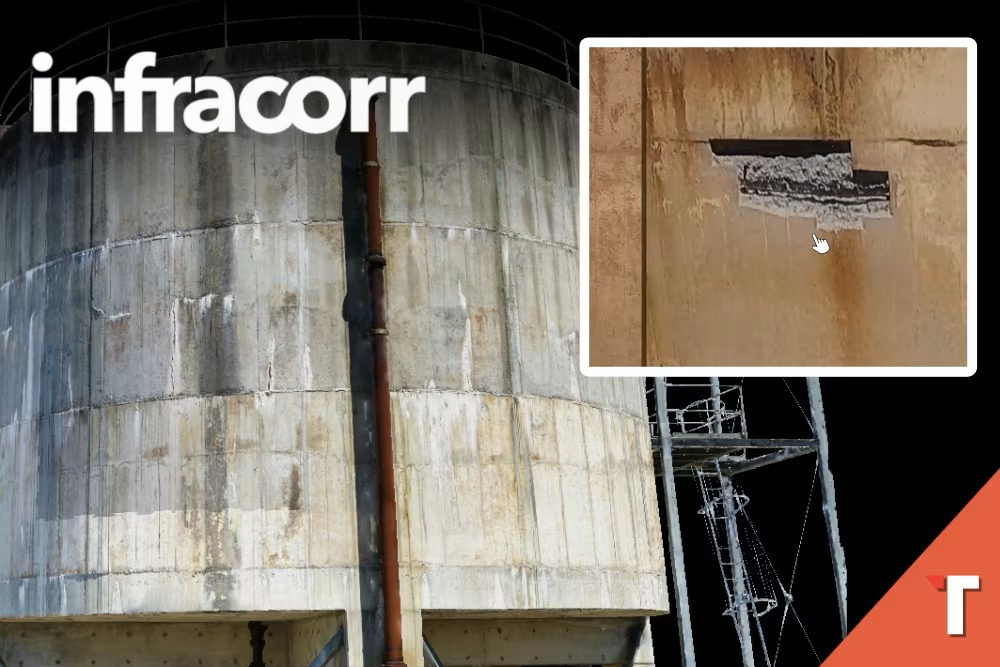

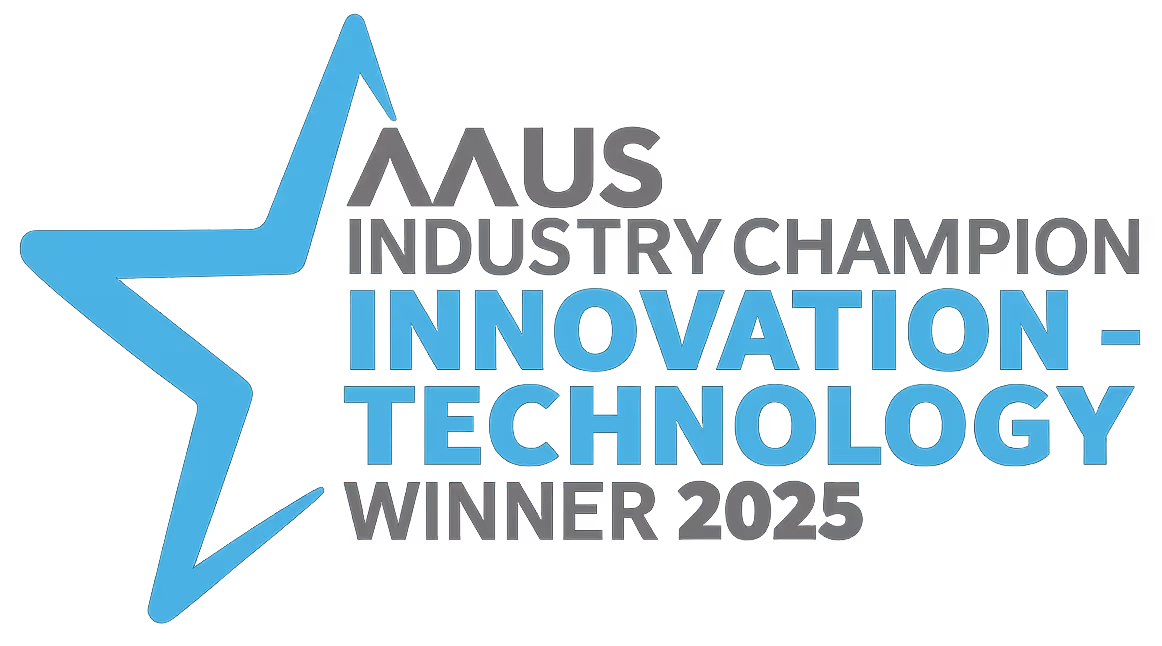
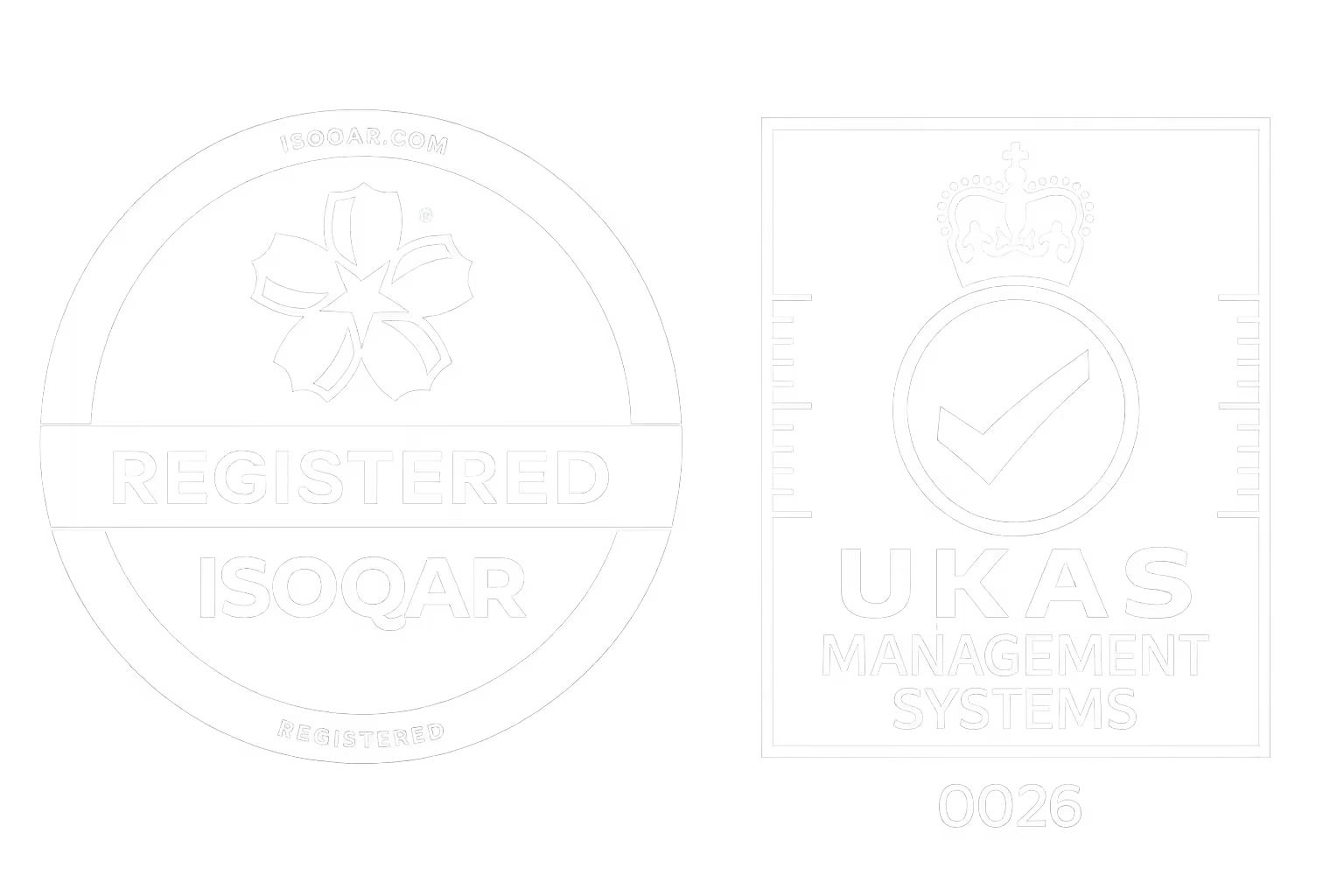

.svg)